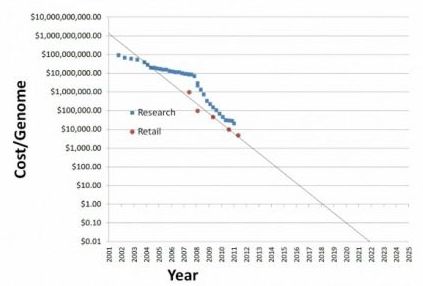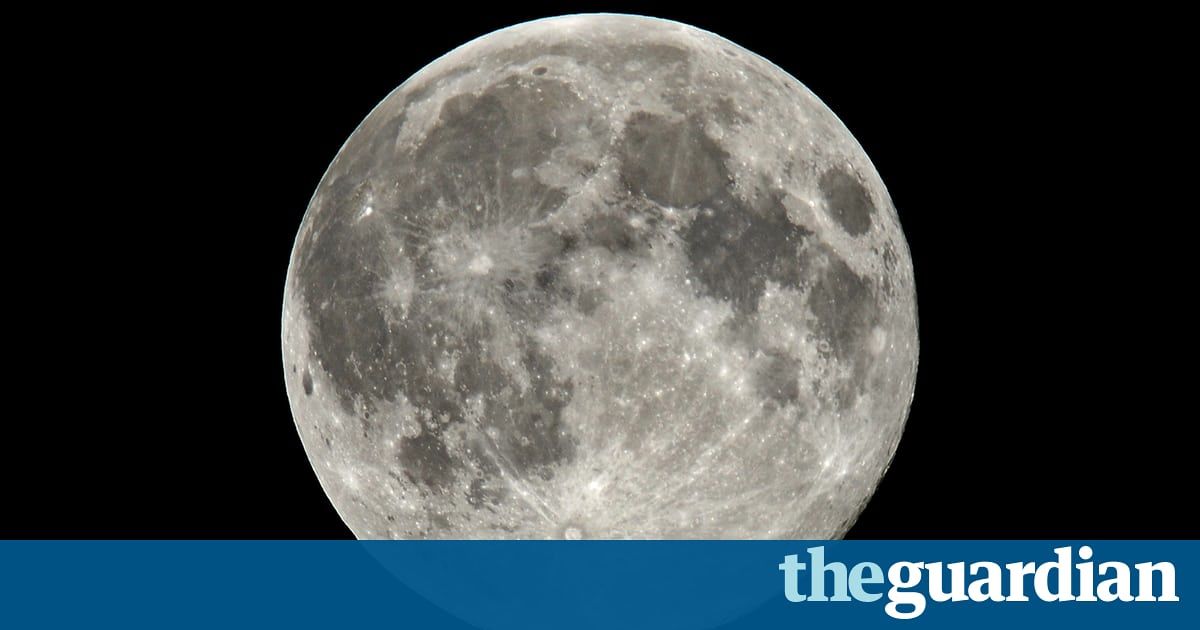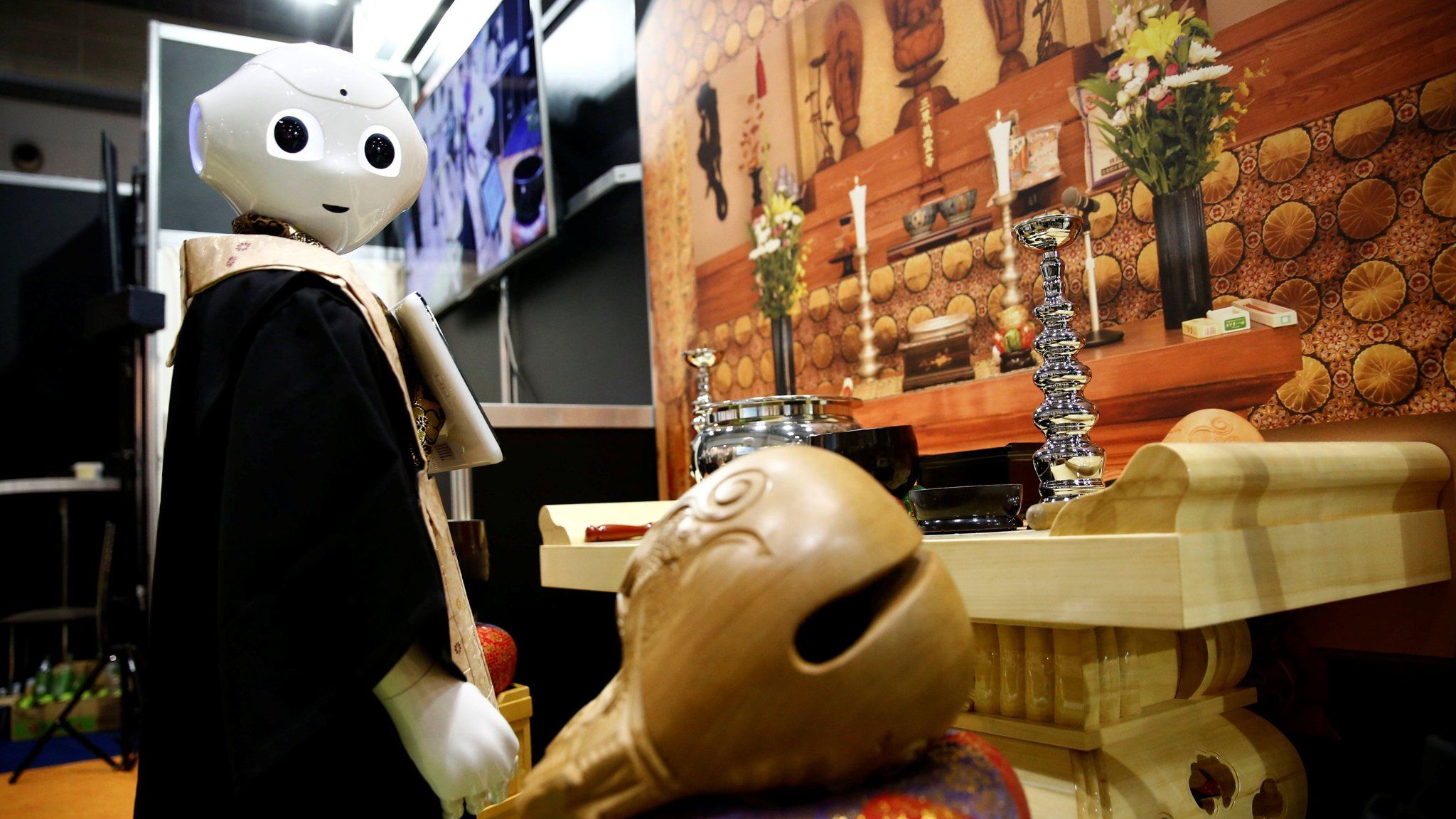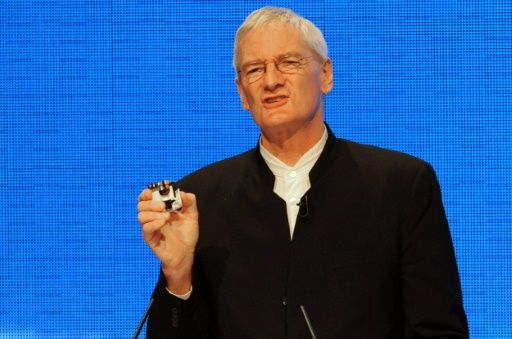
Get the latest international news and world events from around the world.


Gene Therapy and Drug Combination Reverses MS in Mice
A new mouse study by University of Florida Health researchers shows that multiple sclerosis can be inhibited or even reversed by using a gene therapy that stops the immune response caused by the disease in its tracks.
What is multiple sclerosis?
Multiple sclerosis (MS) is an autoimmune disease, affects around 2.3 million people worldwide and is the most common neurological disease in young adults. The average life expectancy for people with MS is around 6 to 7 years lower than the norm[1]. This lifelong condition begins when the immune system attacks the myelin sheath surrounding nerve.
Science and Star Wars with IBM Trailer
Science Fiction becomes Science Fact?
Check out Science and Star Wars, the new show where we use real-world science to explore a galaxy, far, far away, beginning next week! Paid for by IBM.
Visit Star Wars at http://www.starwars.com
Like Star Wars on Facebook at http://www.facebook.com/starwars
Follow Star Wars on Twitter at http://www.twitter.com/starwars
Follow Star Wars on Instagram at http://www.instagram.com/starwars
Follow Star Wars on Tumblr at http://starwars.tumblr.com/

Russia and US will cooperate to build moon’s first space station
Russia and the United States have agreed to cooperate on a NASA-led programme to build the first lunar space station, part of a long-term project to send humans to Mars.
The US space agency said earlier this year that it was exploring a programme called the Deep Space Gateway, a multi-stage project to push further into the solar system.
The project envisages building a crew-tended spaceport in lunar orbit that would serve as a “gateway to deep space and the lunar surface,” NASA has said.

Will artificial intelligence mean the end of jobs?
Will any of the jobs that exist today still be around in 20 years? Fast Future’s Steve Wells, Alexandra Whittington and Rohit Talwar explore whether automation is destined to rewrite all our futures.
We are embarking on the so-called fourth industrial revolution – heralding an era where smart technologies could transform every aspect of business, work, government and our daily lives. We are already used to seeing faceless robots undertaking repetitive manufacturing tasks and smart applications determining our credit ratings, autopiloting planes and delivering an array of functionality to our mobile devices.

Investors should wake up to Japan’s robotic future
Out of necessity, Japan has been pushing on the robotics frontier for years. As a result, the proliferation and embrace of robots goes well beyond the Japanese factory floor to include schools, hospitals, nursing homes, airports, train stations and even temples.
Unfavourable demographics are spurring innovation — and investment opportunities.
Robot farmers have successfully planted and harvested barley
No human stepped foot on the acre and a half barley farm. The manual labor in Hands Free Hectare was done entirely by robot farmers.
Genetically-modified wheat used to make coeliac-friendly bread
Some glutens are harmful to coeliacs, but others have no effect. A genetically modified wheat lacks only the harmful ones, and can be used to make safer bread.
Dubai Stages First Public Test of Drone Taxis
The self-piloting, electric Volocopter is less noisy and has a smaller physical and environmental footprint than a traditional helicopter.

Dyson to make electric cars by 2020
James Dyson announced Tuesday he was investing £2.0 billion ($2.7 billion, 2.3 billion euro) into developing an electric car by 2020, a new venture for the British inventor of the bagless vacuum cleaner.
The 70-year-old British entrepreneur said work began two and a half years ago on a project which he hopes will help tackle the scourge of air pollution.
“Dyson has begun work on a battery electric vehicle, due to be launched by 2020,” he said in an email to employees, referring to his eponymous company.